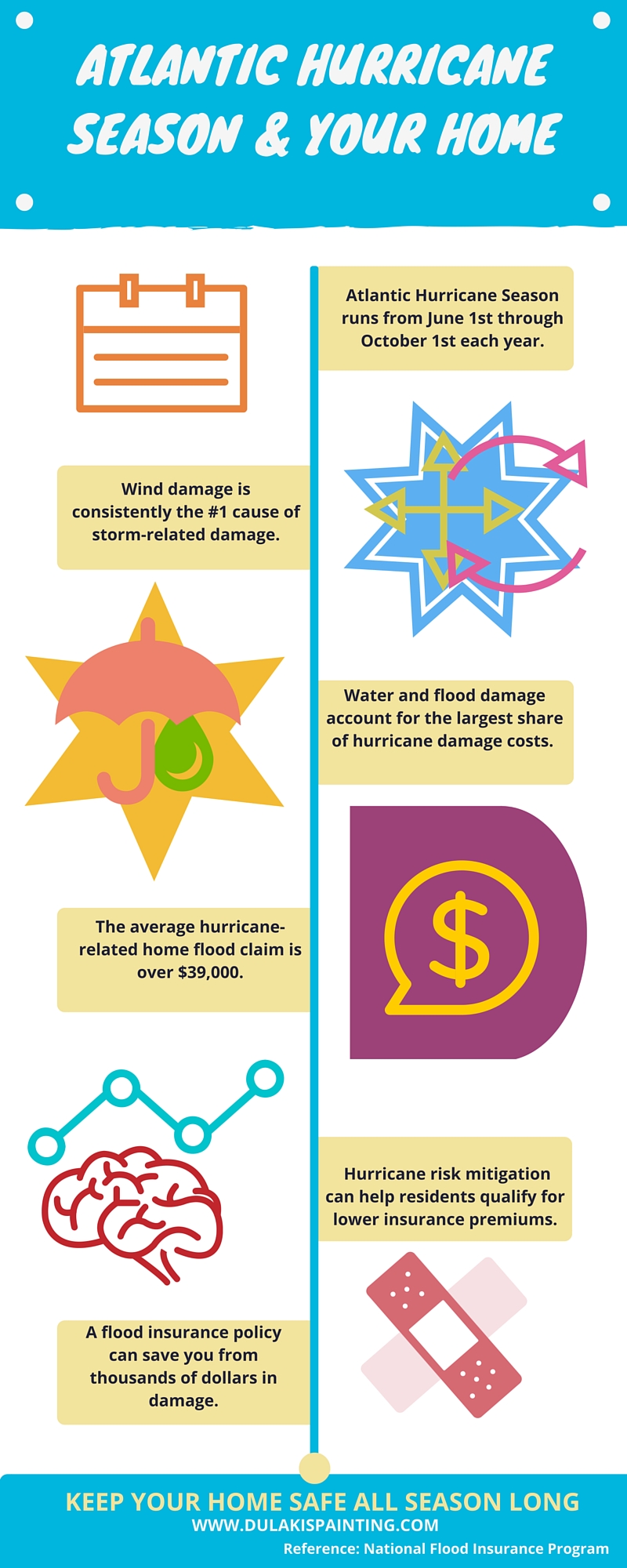Important Seasonal Aspects Of Commercial Outside Paint: What You Must Understand
Important Seasonal Aspects Of Commercial Outside Paint: What You Must Understand
Blog Article
Produced By-Leach Chaney
When you're preparing a commercial outside paint job, seasonal elements can make or break your outcomes. You'll intend to take into consideration how temperature and humidity effect paint application and drying times. Picking the best period can guarantee your paint adheres properly and lasts much longer. Yet which seasons are really the best for this type of job? Allow's check out the key elements that can influence your project's success.
The Impact of Temperature on Paint Application
When you're planning a business external painting task, the temperature can considerably influence just how well the paint adheres and dries.
Preferably, you wish to paint when temperatures range in between 50 ° F and 85 ° F. If it's also cold, the paint might not heal effectively, leading to concerns like peeling or cracking.
On the other side, if it's also hot, the paint can dry out also swiftly, stopping correct adhesion and resulting in an uneven finish.
You should also consider the time of day; early morning or late afternoon uses cooler temperature levels, which can be much more beneficial.
Constantly check the maker's suggestions for the details paint you're using, as they usually give support on the perfect temperature level range for optimal results.
Moisture and Its Result on Drying Times
Temperature isn't the only environmental element that influences your industrial exterior painting task; moisture plays a significant duty as well. High humidity levels can slow down drying out times drastically, affecting the overall top quality of your paint task.
When the air is filled with wetness, the paint takes longer to cure, which can lead to issues like bad attachment and a higher threat of mold development. If you're painting on a particularly moist day, be gotten ready for extended delay times between layers.
It's crucial to check regional weather conditions and strategy as necessary. Preferably, go for moisture degrees between 40% and 70% for ideal drying out.
Maintaining these factors in mind ensures your project stays on track and supplies an enduring coating.
Best Seasons for Commercial Exterior Painting Projects
What's the best time of year for your commercial external paint projects?
Springtime and early autumn are commonly your best choices. During golden valley house painter , temperature levels are moderate, and moisture degrees are typically reduced, producing optimal problems for paint application and drying out.
Avoid summertime's intense heat, which can trigger paint to dry as well quickly, bring about bad attachment and coating. Similarly, winter season's cold temperature levels can hinder appropriate drying out and treating, risking the longevity of your paint task.
Aim for days with temperature levels between 50 ° F and 85 ° F for optimum results. Keep in local painting contractors minneapolis to examine the regional weather report for rainfall, as wet problems can spoil your project.
Preparation around these factors ensures your painting task runs efficiently and lasts longer.
Conclusion
To conclude, planning your business outside painting jobs around seasonal factors to consider can make a substantial distinction in the outcome. By scheduling work during the optimal temperature levels and humidity levels, you'll ensure better bond and drying times. Remember to keep an eye on neighborhood weather forecasts and pick the right time of year-- spring and early fall are your best options. Taking these actions will certainly aid you attain a sturdy and specialist coating that lasts.
